Oklahoma Studies
Guide to Articles and Photo Essays
rodger randle
the center for studies in democracy and culture
OU-Tulsa
OU-Tulsa
These images represent themes in Oklahoma's cultural development.
Tulsa is an eastern American city in a western American state. Separated from the rest of Oklahoma by culture and history, and by an oil wealth economy that promoted an attitude of smug self-sufficiency, we are often referred to as the "State of Tulsa" at the State Capitol. Tulsa's perception of being a city in Oklahoma but not of Oklahoma has marked our relationship with the rest of the state.
In this section section we explore our state and study Tulsa's complicated role within it.
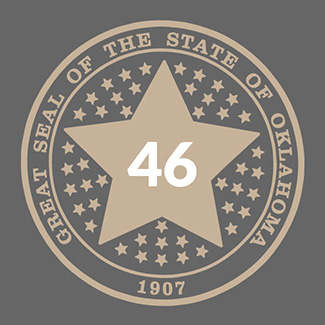
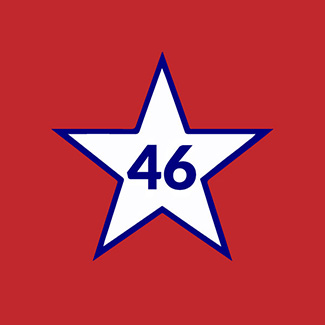
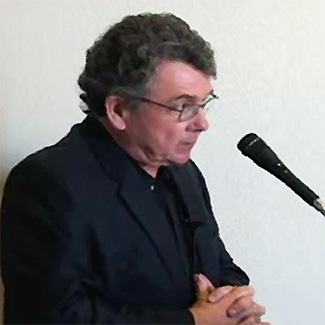
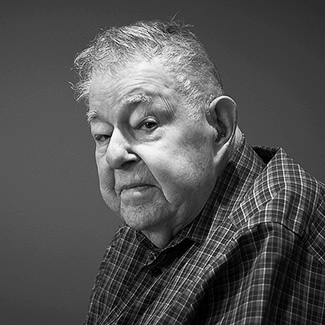
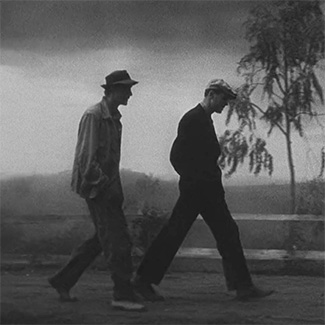
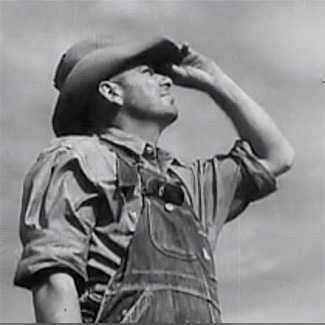
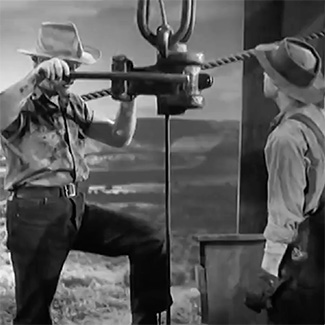
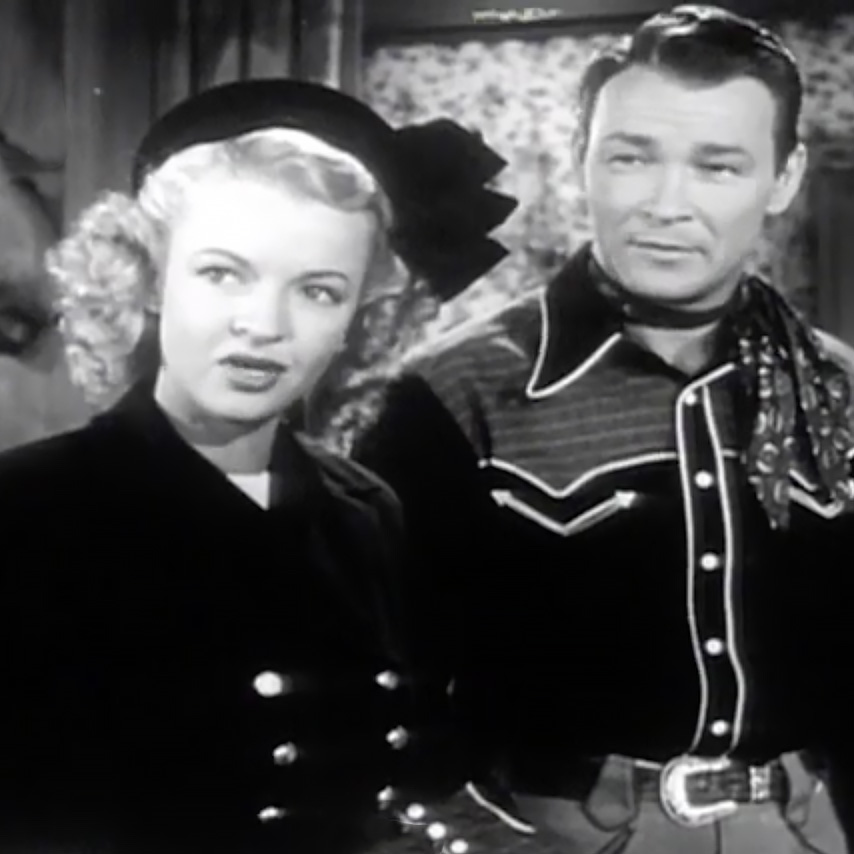
stories about oklahoma

Oklahoma has come full circle from its days as populist Democrat state to its present status as one of the most populist Republican states in the nation. This article summaries where we started and how we arrived where we are now, as well as noting some milestones along the way.

Oklahoma was the 46th state to join the Union, but our state has generated more political curiosities and strange stories than most of our older sister states. Oklahoma wins the kewpie doll in multiple categories for our political excesses. This article provides the proof.

Oklahoma played a little known but highly significant role in court cases leading up to the Supreme Court's Brown vs. Board of Education. In this talk at a Center luncheon Danney Goble, the late beloved Oklahoma historian, tells the story in his own wonderful way.

Long-time Tulsa journalist Jenk Jones describes Oklahoma's political evolution from being a Democrat state to a solidly Republican one.
films and video

This is the movie that profoundly molded America's image of Oklahoma and Oklahomans. Although the movie has faded from most people's memory, the novel remains prominent in our national literature and the disparagement of "Okies" continues (albeit with less force than it did at one time)
.

The Dust Bowl was not a Tulsa experience, but the fame of the Dust Bowl's impact on western Oklahoma colored America's image of all of our state, including Tulsa. This film is Pare Lorentz's great classic of the 1930's and even today merits watching.

Originally titled "In Old Oklahoma", this 1943 movie stars John Wayne and claims to tell a tale about the early days of Oklahoma's oil boom, but the background scenery suggests we are in Arizona. America's image of our state was molded by films like this one.

The Dust Bowl was not a Tulsa experience, but the fame of the Dust Bowl's impact on western Oklahoma colored America's image of all of our state, including Tulsa. This film is Pare Lorentz's great classic of the 1930's and even today merits watching.
our new podcast series
A New Initiative
Our podcast series on themes in Oklahoma culture, history, politics and people will begin in January. Our focus will be on things that help us better understand our state, especially Tulsa's role in it. The interviewed will include acadmeic, literary, and government leaders.
Lots of history has been published about Oklahoma and Tulsa. We don't seek to repeat it here. Our interest is in exploring explanations rooted in our historic experiences that help us understand who we are today and how our state and city function culturally, politically, and relationally. Our focus is to identify trends and historical experiences and to analyze their importance and impacts.
Notes on the Oklahoma Studies
Notes on the Oklahoma Studies

All photos in these collectios are © Rodger Randle.

Notes on the Oklahoma Studies